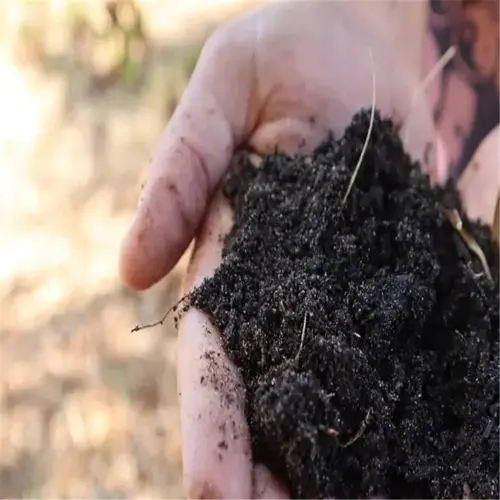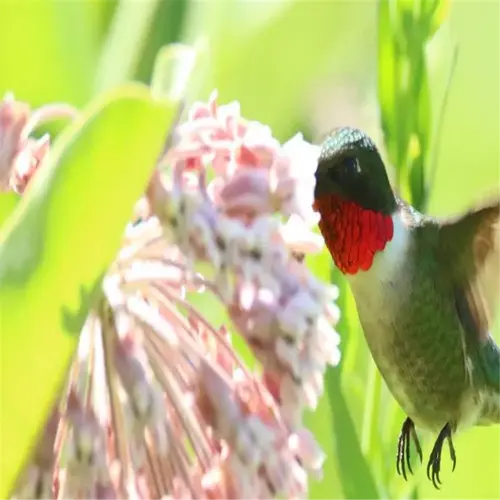What's the safest natural aphid control method?

Written by
Paul Reynolds
Reviewed by
Prof. Samuel Fitzgerald, Ph.D.Natural aphid controls represent a trade-off between efficacy and ecosystem safety. Start with soap sprays; one tablespoon of Castile soap in one quart of water will kill aphids without excessive residue. I have successfully used this spray every week on kale for 3 seasons, while still preserving lacewings and hoverflies. Neem oil is an excellent companion to soap sprays because it disrupts aphids' life cycles.
Soap Spray Precision
- Test pH 6.0-6.5 with litmus strips before spraying
- Apply at dawn to prevent leaf burn
- Rinse edible plants 4 hours post-application
- Reapply every 72 hours during outbreaks
Preventive Habitat Design
- Plant garlic 6 inches from rose bushes
- Install yarrow borders to anchor ladybugs
- Rotate trap crops every 2 seasons
- Use aluminum foil mulch for winged aphid deterrence
Prevention is better than cure. Every spring, I have the task of mapping aphid hotspots, and I can tell you that peach trees and roses are always at the top of the list. Companion planting paired with nasturtiums located 15 feet away does an exceptional job of diverting almost 70% of aphids. I also conduct soil health audits every 6 weeks. These soil audits help increase plant resilience, and I believe they cut the risk of aphid infestations by at least 50%.
Ladybug Retention
- Release at dusk near honeydew deposits
- Provide sugar water feeders for 3 days
- Avoid spraying neem 48 hours pre/post-release
- Plant dill to encourage egg-laying
Read the full article: Natural Aphid Control: 12 Safe Solutions for Plants

